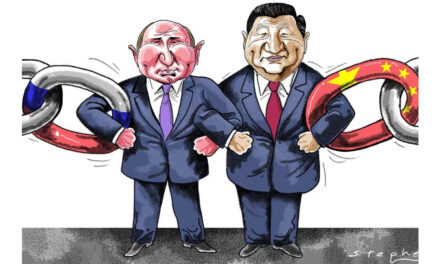
Afghans Struggle with Taliban Offensive in Ghazni: U.S. has Been Here Before… in 1972
The recent narrowly avoided crisis in Afghanistan is a frustratingly jaded tale for Americans. As Afghan security forces, armed and trained by the US/NATO, struggle to take back territory lost to the Taliban’s most recent offensive across the Ghazni region the Afghan’s ability to withstand the now decades old Insurgency on their own has once again been displayed as questionable at best.
Even completely on the defensive, and with US air power *and* limited US ground troops in support, the Afghani military and police forces were battered by the Taliban summer offensive, losing hundreds as they were swept away from large swaths of territory, including the country’s 12th largest city putting hundreds of thousands of civilians in harm’s way, before managing to flush out the Taliban.
The US, now led by President Donald Trump who has the dubious honor of being the third President to wage the war, has been edging its way out of the conflict for years, now. Trump and the armed forces are seeking to end their role in the country and conflict, which is now the longest the US has ever fought, in the wake of incredible public unpopularity at the human and capital cost, and no clear path to victory.
This leaves the local forces facing a daunting task, as the US decreases their presence and puts increasing pressure on security units staffed by native soldiers and officers. In this most recent battle, their performance was less than encouraging, and the tide only turned with the involvement of US air power as well as ground troops in the engagement. With this firepower behind them, security forces were, to their credit, able to take back most of the lost positions.
But here’s the thing, we (the US) haven’t just been here before in a vague metaphorical sense that makes for a good article title, no; we have seen this near exact scenario play out in our history. The only difference? It was in Vietnam.
In 1972 the US, under President Nixon was on its way out of Vietnam. US ground involvement was very limited, with almost all combat falling to the South Vietnamese ‘Army of the Republic of Viet Nam’ (ARVN) against Northern regulars as well as Vietcong guerillas. Trained and equipped by the US, just like Afghan forces the ARVN was to eventually take on the entire role of combatting communist forces in the region.
That summer, North Vietnam, encouraged by the decreasing US presence and planned withdrawal (sound familiar?), unleashed a major attack on South Vietnam that came to be called ‘The Summer of Fire’. Known as the ‘Easter Offensive’ in the US the ARVN was stretched to the limit and initially nearly routed (seeing it?).
The battle would climax at a key juncture town called An Loc, of comparable importance to the city of Ghazni. Here and all along the front communist forces, who had been fighting against overwhelming US firepower from the shadows, unleashed open warfare on the ARVN and looked poised to threaten the Capital.
Facing a possible disaster as the war fought by nearly a half-dozen predecessors neared irreparable defeat right before an election, Nixon ordered an unprecedented air campaign to turn the tide using American firepower. Only with the assistance of massive amounts of US air support was the offensive halted. The ARVN, battered but not shattered, was then able to recoup enough of the losses to declare a tentative victory.
The US and Afghan governments were quick to downplay the offensive and to claim victory (alongside the Taliban as is usual). However, it doesn’t take sagely insight to see the exasperating parallel course we’re on. We all know how Vietnam ended, and the writing on the walls of the homes of Ghazni spells a similar fate for Afghanistan as much as we’d like to believe we really will get it right this time…
Here’s the thing, the local Afghan forces, like their ARVN predecessors, don’t lack for courage. They’re out fighting for their homes, facing death from an enemy that has withstood the strongest military on the planet for almost two decades. Typing from my life of stability and safety I have no right to call them cowards, in fact, I respect them for trying to make their country better in the face of such odds.
But one can’t help but take note of the signs, and the historical lessons that can be applied, that tell us these brave young men are on the losing side of a war that could turn extremely ugly once the US support that has literally been keeping them alive is gone for good.
If the lessons of history have anything to teach us, it may not be long before they’re forced to worry about catching the last chopper out of Kabul.



























So, Larry, what's your point? Jealous!, On your best day in your entire life how close could you come to…
A Trump Third Term? LAMO And I thought you were going to come down on the right side of this…
BLINK!!! God I made some bucks on this. I don't like day trading, but this fool just begs you to…
What votes? Coal employment been pretty flat for decades as production has dropped, extraction productivity has risen. Point is the…
Joe, The people who don’t understand the tariff strategy are the people advising trump, who developed this formula for placing…